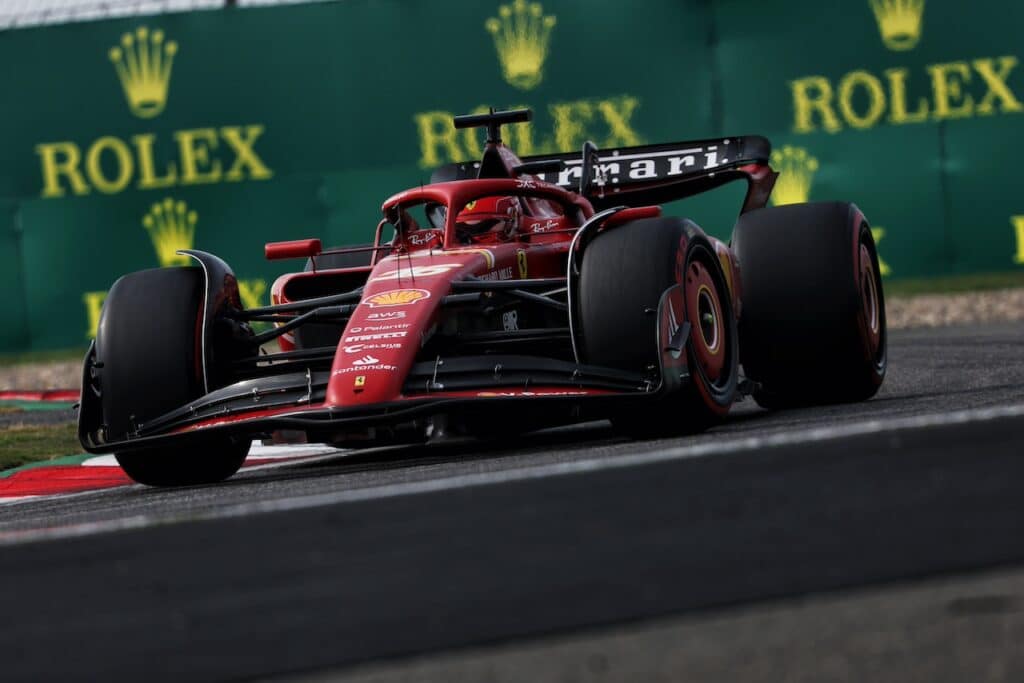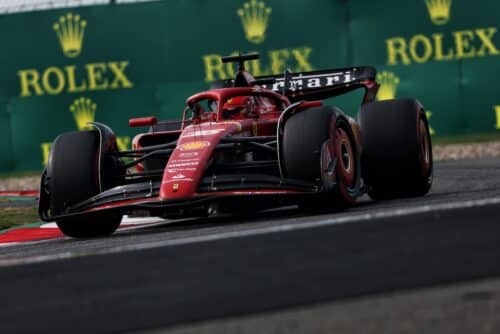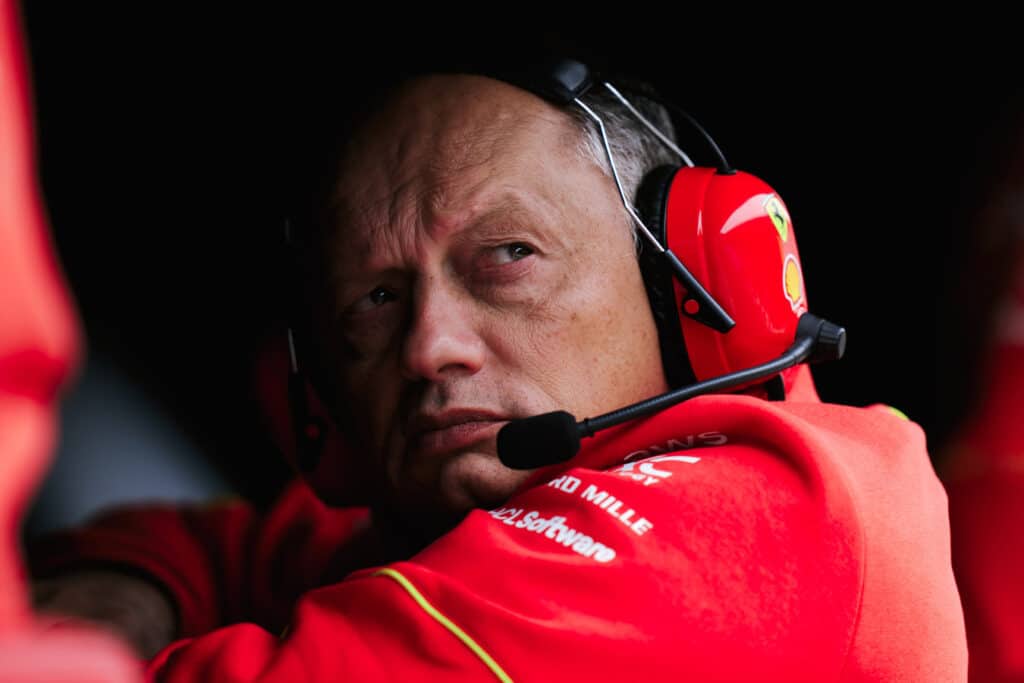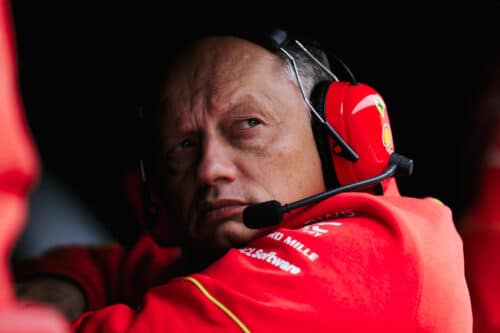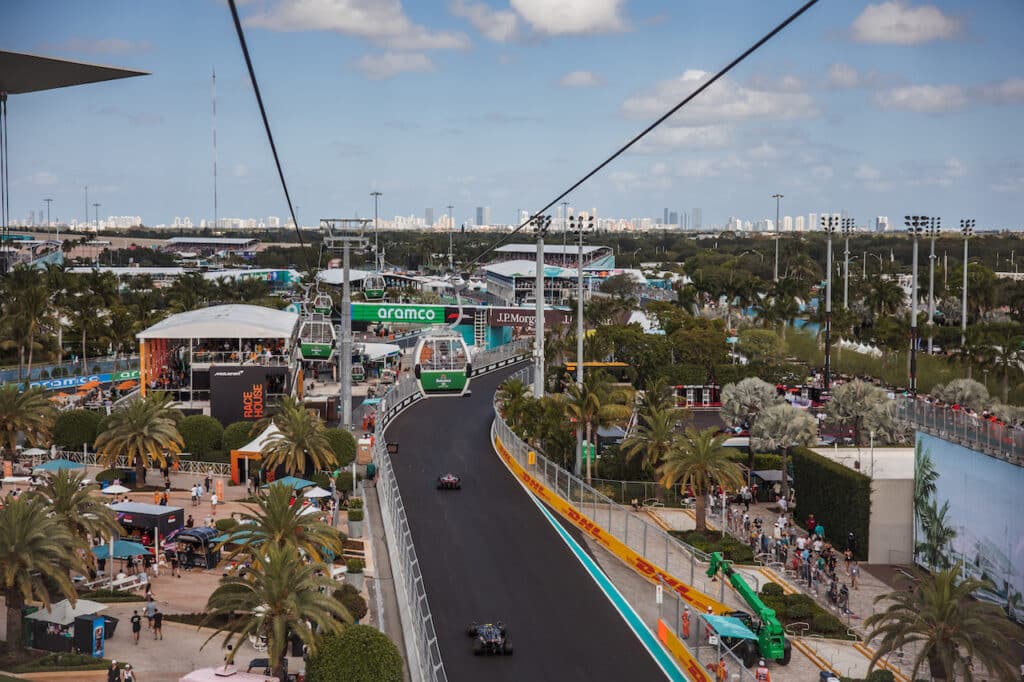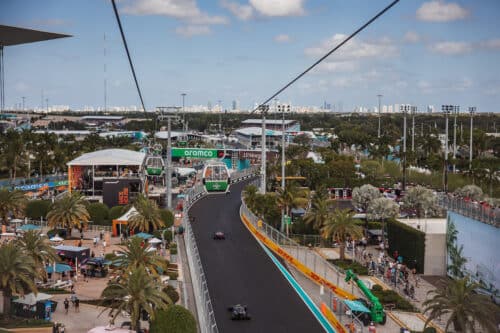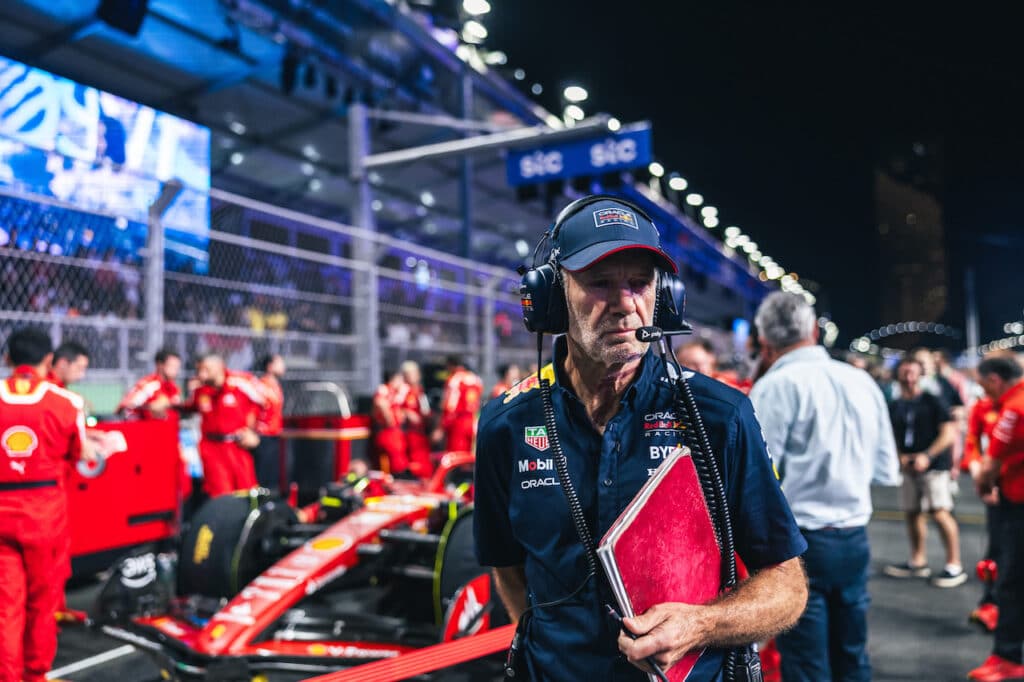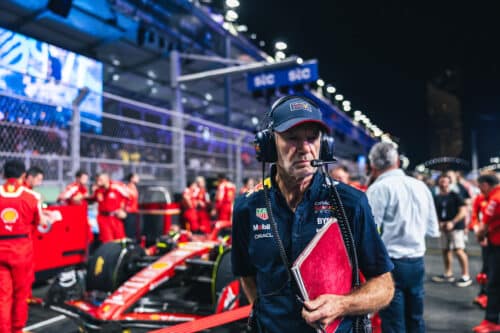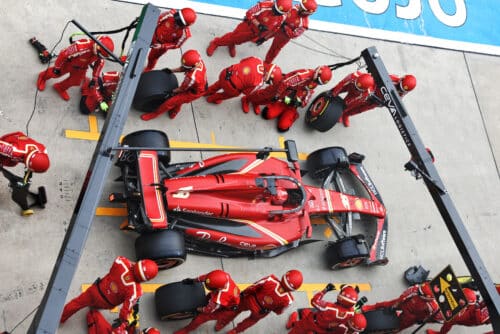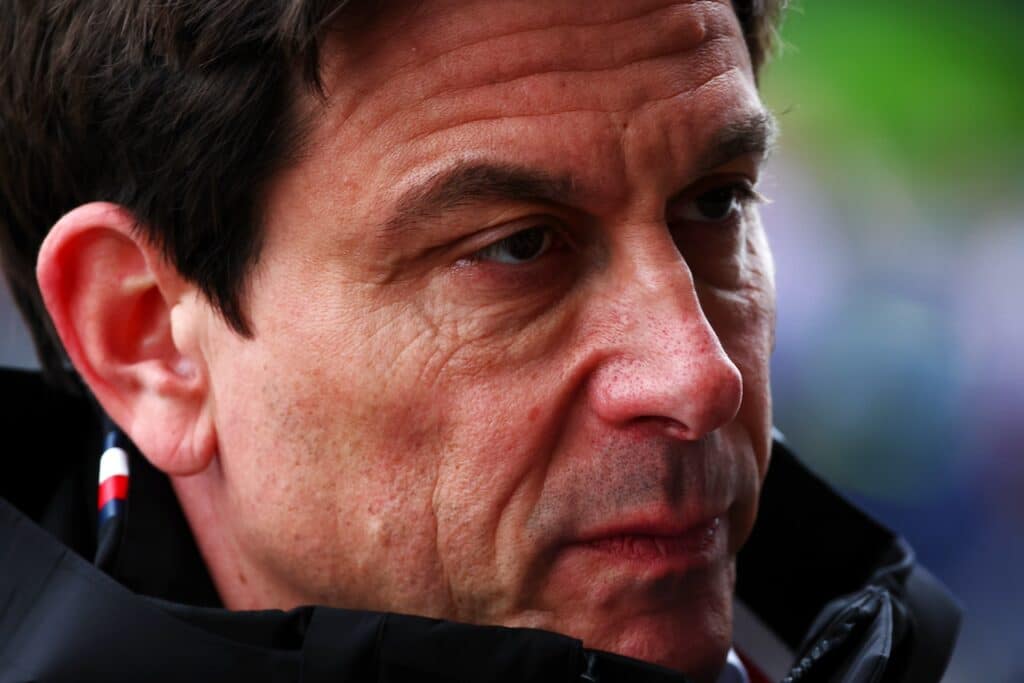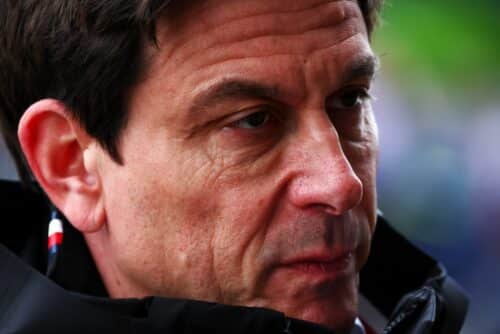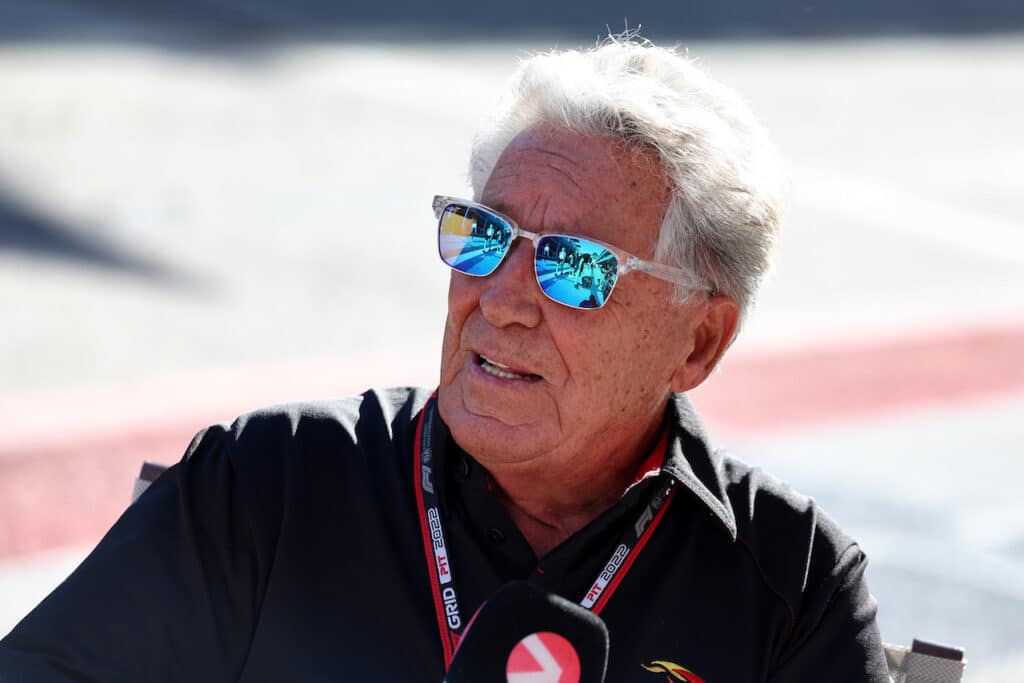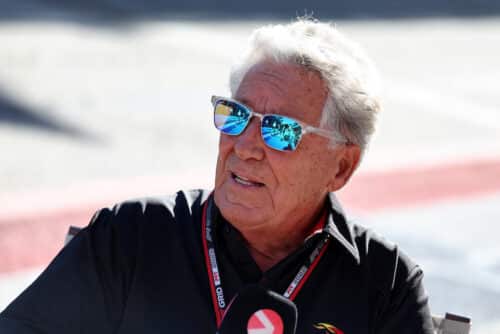Renault F1: With the 2014 Power-Unit to strengthen its leadership as an engine engineer in Formula 1
Formula 1 makes its revolution

Starting from 2014, the FIA (International Automobile Federation) regulations will mark the beginning of a new era for Formula 1. The queen discipline of motor racing is at the dawn of one of the greatest transformations in its history.
Objective: to bring F1 research and development closer to the concerns of motorists and new economic and environmental challenges, while safeguarding entertainment and competition.
This presupposes a significant technological revolution and constitutes a new challenge for Renault Sport F1: developing an electrified 6l turbo V1,6, i.e. a highly "downsized" combustion engine, combined with a double energy recovery system that powers two electric motors .
From today we talk about power-units.
The new regulation presupposes an advantage for Renault, since it is in tune with its mechanical strategy:
– A commitment without equal in electric engines
– A constant improvement in the performance of combustion engines, spectacularly reducing consumption and CO2 emissions.
By taking up the challenge of the 2014 power unit, Renault is putting its technological leadership back into play on the track to the advantage of production cars. The creativity and passion for innovation of all Renault teams constitute a trump card for managing this new turning point.
“The meaning of Renault's constant commitment to F1 consists, on the one hand, in demonstrating our technological know-how on the track and, on the other, in improving our production vehicles, offering an optimal balance of performance, consumption and reliability . For 35 years, F1 has contributed to developing Renault's expertise in downsizing, friction reduction and cooling management. With the new regulation, the electrical part will take on ever more importance in the development of engines, in line with Renault's strategic commitment in the field of electric technology.” – Carlos Ghosn, President General Manager of Renault.
“To turn into reality, a dream needs technology” – Rob White, RSF1 Technical Director and Deputy Director of Renault Sport F1.
Starting from 2014, F1 will experience one of the most important technological transformations in its history. After seven years of freezing in the evolution of engines, the new regulation puts the role of engine engineers in the performance of single-seaters back in the foreground. By placing the engine at the center of the competition again, the queen discipline of motorsport asserts its technological cutting edge more than ever.
WHAT WILL CHANGE
Maintaining performance and power, i.e. around 750 horsepower, while consuming almost 40% less fuel during a Grand Prix: this is the challenge posed to the
engine designers by the FIA for the 2014 season. This evolution of the rules of the game implies a notable technological mutation, which constitutes a new challenge for engine designers.
Negotiations on the new regulation between the FIA, teams and engine manufacturers have made it possible to arrive at a new definition of engine.
The countdown has therefore begun. More than a new engine, engineers must now develop a powerunit consisting of a combustion engine
heavily downsized combined with a double energy recovery system consisting of two electric motors.
downsizing
– Switching from a V8 architecture to a V6 architecture
– Reduction of 1/3 of the displacement, from 2,4 liters to 1,6 litres
– Supercharging via turbocharger, maximum speed limited to 15.000 rpm.
Dual Energy Recovery System (ERS):
simultaneously recovers the kinetic energy of the vehicle (ERS-K) and the thermal energy emitted by the exhaust gases (ERS-H) thanks respectively to two electric motor generators (MGU-H and MGU-K).
THE NEW LIMITS IMPOSED BY THE 2014 FIA REGULATIONS
A dual power supply linked to fuel
Limitation of the amount of fuel: the maximum amount of fuel on board during the race increases to 140 litres. Energy management therefore becomes an essential component of the race strategy.
Limitation of the maximum fuel flow rate: the maximum authorized instantaneous flow rate will be 140 liters per hour. It will therefore be necessary to optimize the use of every single drop of fuel to go as fast as possible with the same fuel.
A double limitation of the flow of electricity
Limiting the amount of energy recovered per lap
Limitation of the amount of electrical energy transformed into propulsive energy
A limitation of development costs and the number of engines per season: five engines per driver in 2014, then 4 starting from 2015 (compared to the current 8). The technologies and materials used must come closer to those of series production.
if you want to always be updated on our news
Follow us here
![Formula 1 | Focus: the special liveries in the history of Ferrari [PHOTO]](https://f1grandprix.motorionline.com/wp-content/uploads/2024/04/focus-ferrari7-1-1024x680.jpg)
![Formula 1 | Focus: the special liveries in the history of Ferrari [PHOTO]](https://f1grandprix.motorionline.com/wp-content/uploads/2024/04/focus-ferrari7-1-500x332.jpg)
